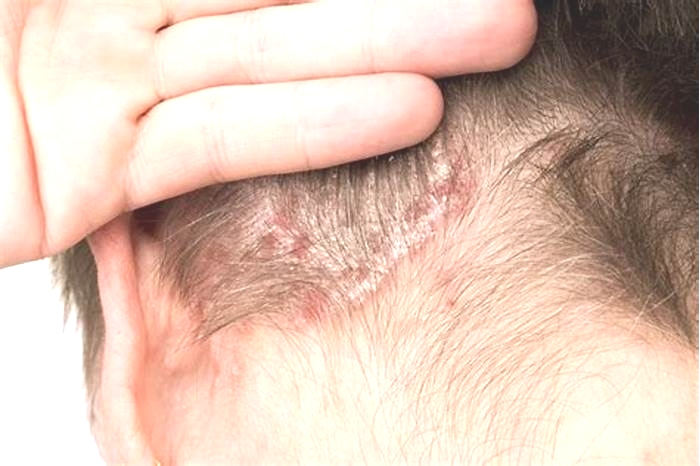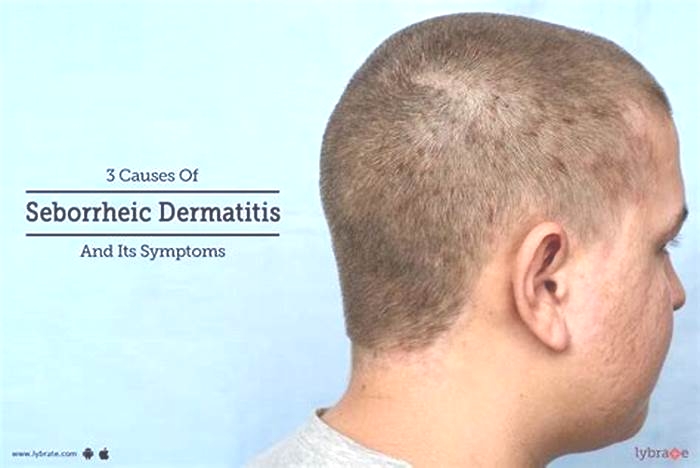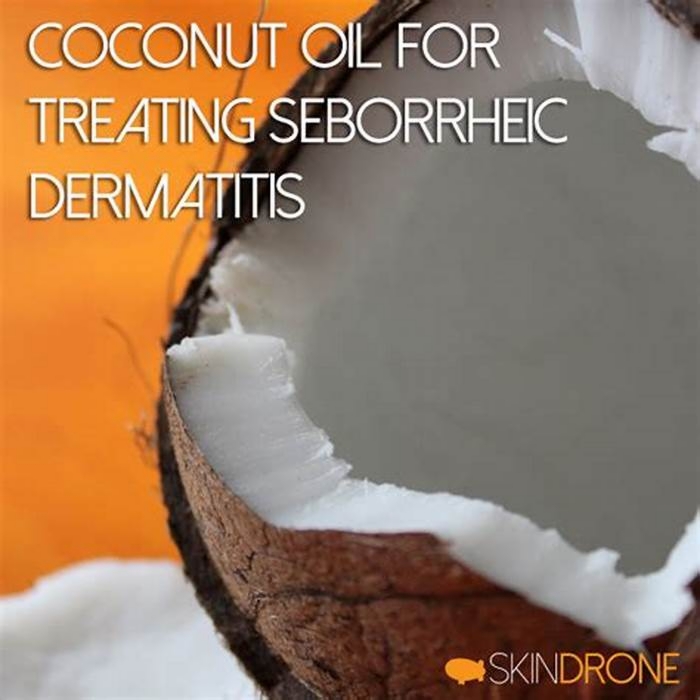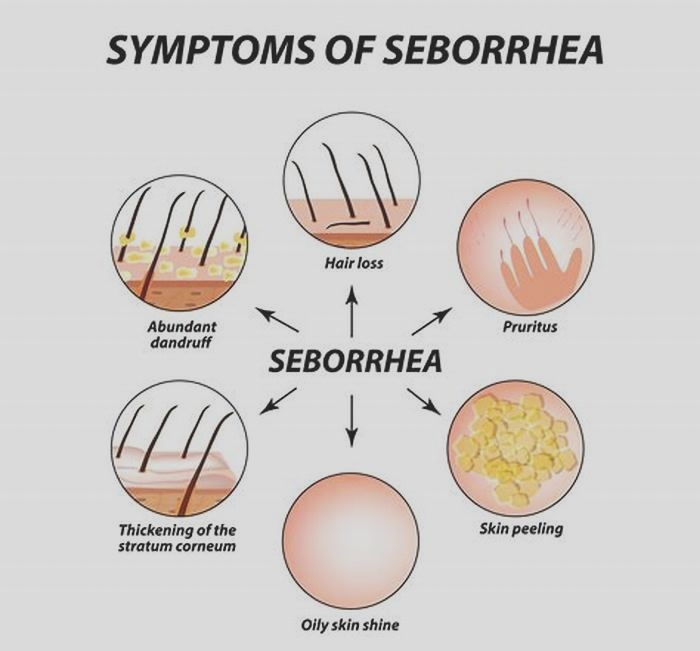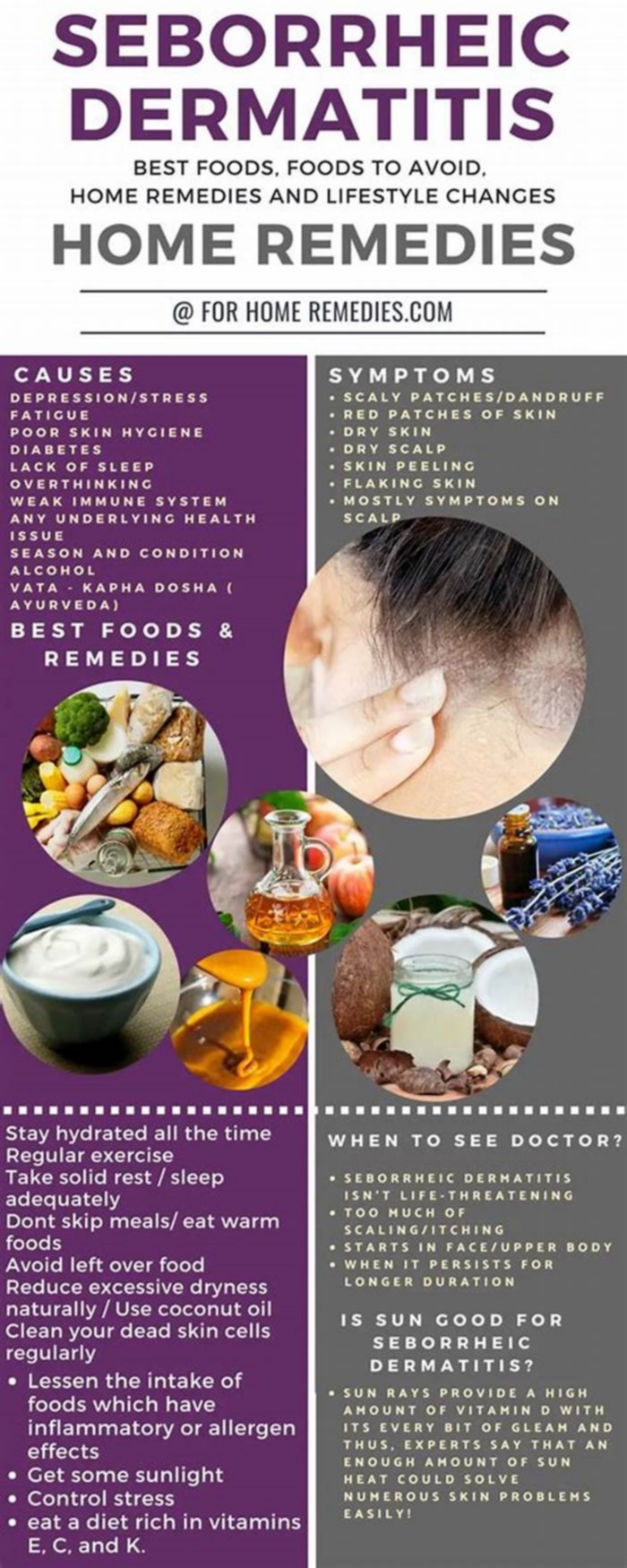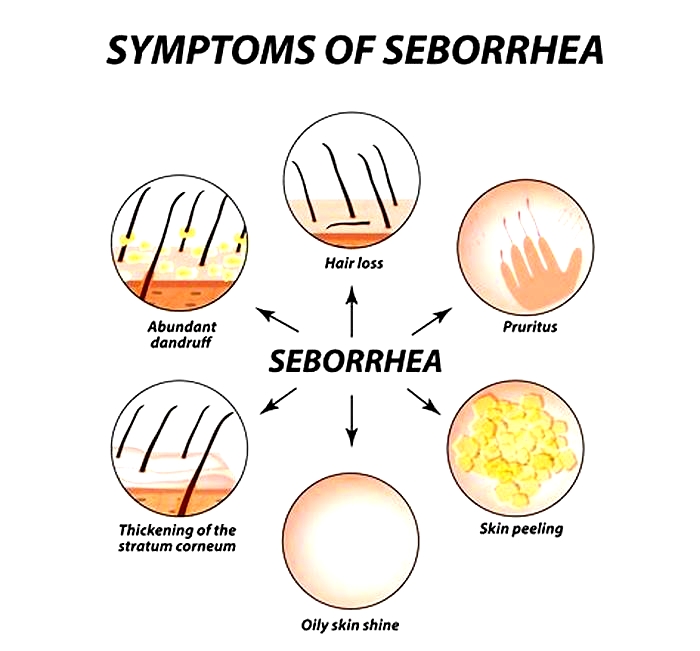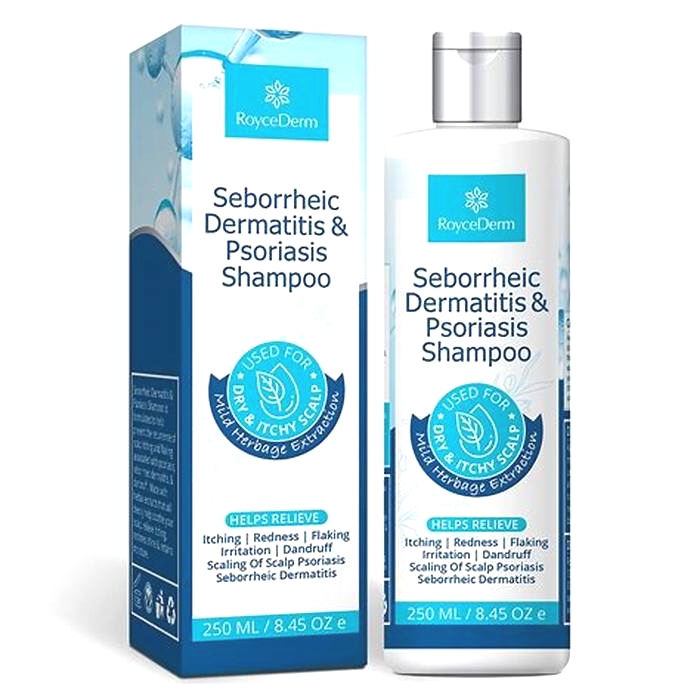Can I put oil on seborrheic dermatitis
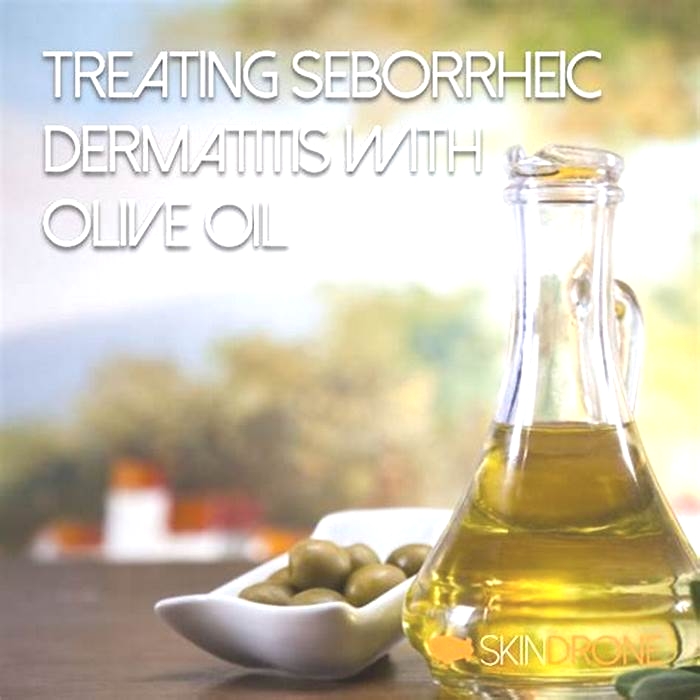
Seborrheic Dermatitis and Oil
Many sources state that using oils to moisturizer the skin is a big no-no for individuals prone to seborrheic dermatitis. But, during my time researching the subject, Ive yet to come across specific data that confirms this statement.
This article attempts to review the relevant research and separate fact from fiction.
Hopefully by the time your done reading, youll have a better understanding of the relationship between oils and seborrheic dermatitis. Which ultimately allows you make more informed treatment decisions and keep your symptoms at bay.
Seborrheic dermatitis and malassezia
One of the most popular and persistent explanation for seborrheic dermatitis relates to the malassezia yeast. This connection has been described in great detail by numerous researchers in the past decade and previously reviewed in the underlying causes of seborrheic dermatitis section.
If youre short on time for reading the above, the key piece of info relevant to this article is:
Malassezia is a family of yeasts that naturally reside on the skin surface and are present on the skin of most humans. In individual cases, theyve been associated with several skin issues (one of which is seborrheic dermatitis). In seborrheic dermatitis, malassezia deposit oleic acid on to the skin surface, which in-turn causes the skin symptoms.
The oleic acid that is referred to above, is the same fatty acid that is found in olive oil. The key difference is that in olive oil, its present in its triglyceride form. And in this form, they are not considered irritants.
However, in their free fatty acid form (think of olive oil that begins to spoil), they can directly cause skin irritation while also increase its sensitivity to other irritants [1, 2].
What malassezia require for growth
To make better sense of it the relationship between oils and seborrheic dermatitis, lets start with a review of what malassezia use for growth.
In the lab, to obtain optimal malassezia growth, researchers use the following composition [3]:
Bacteriological peptone 10g, glucose 10g, yeast extract 2.0 g, ox bile, desiccated 8.0g, glycerol 10ml, glycerol monostearate 0.5g, tween 60 5.0ml, olive oil 20ml, agar 5g, deionized water 1.0l
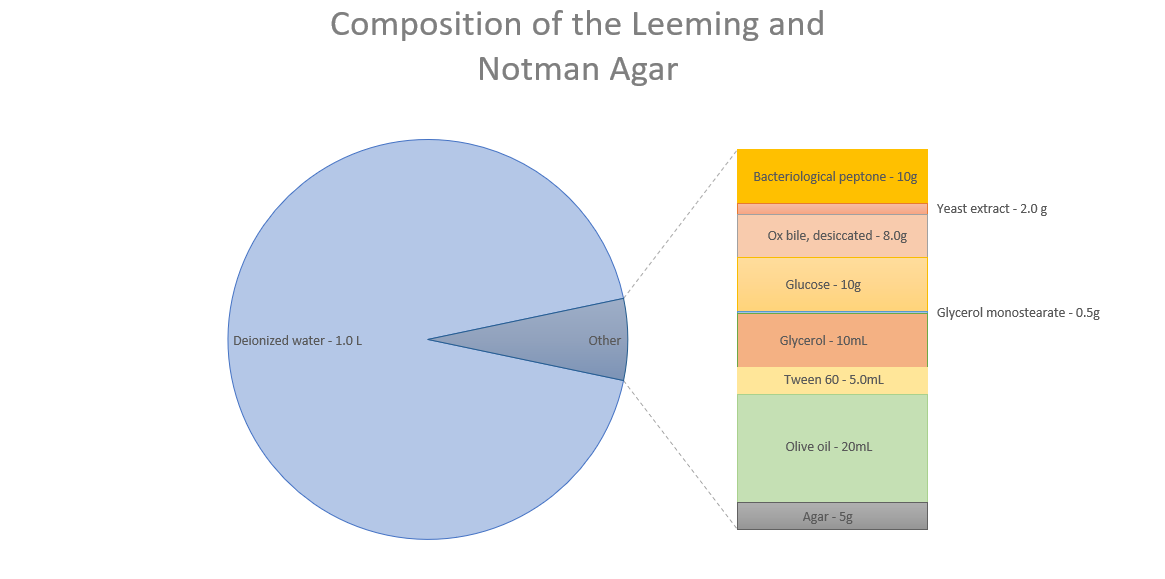
Data source: Leeming & Notman agar Modified MLNA media ATCC
From this, you can see that oil is only a small piece of malassezias preferred growth requirements. The remainder, is a combination of specific sources of carbohydrates, electrolytes, vitamins and trace elements.
But as this aims to achieve optimal growth, it may still be a poor representation of what malassezias minimal requirements are.
Digging deeper, we find that growth of a specific malassezia yeast, malassezi furfur, can be achieved with only two components: an amino nitrogen source and a lipid source [4]. In more common terms, a combination of almost any protein source (with the exception of Cysteine) and all oils beyond 12 carbon atoms are able to support its growth.
Eliminating oil to reduce malassezia growth
As a results of these two factors:
- Prominence of the malassezia explanation of seborrheic dermatitis
Association between oil/lipids and malassezia growth
A lot of online/media sources quickly jump to the conclusion that oil is a big no-no for seborrheic dermatitis prone individuals (my-self having fall victim to this line of thinking for a long time as well).
But can it really be that simply? Is it really the oils that are to be blamed for seborrheic dermatitis? Can we really get rid of all oils that come into contact with our skin?
After all, our skin naturally uses oils for its protection. Surely we cant get rid of all the oils present on its surface without really going out of our way.
So lets dive deeper and try to clear things up.
The theoretical positives of oil elimination
The primary explanation as to why anti-fungal agents are so effective for the treatment of seborrheic dermatitis directly relates to their ability to prevent the growth of malassezia in the lab [5].
Lab results do not equal real world effectivenessThe ability of topical anti-fungal to effectively control malassezia numbers on human skin is questionable. Recent investigation has shown that active treatment does little to reduce malassezia numbers on the skin surface [].
Since malassezia depend on lipids for growth, theoretically, we may be able to achieve similar results by simply making sure no lipids are present on the skin surface. This would starve the yeasts and prevent further growth. As the yeasts gradually die out, our symptoms clear up.
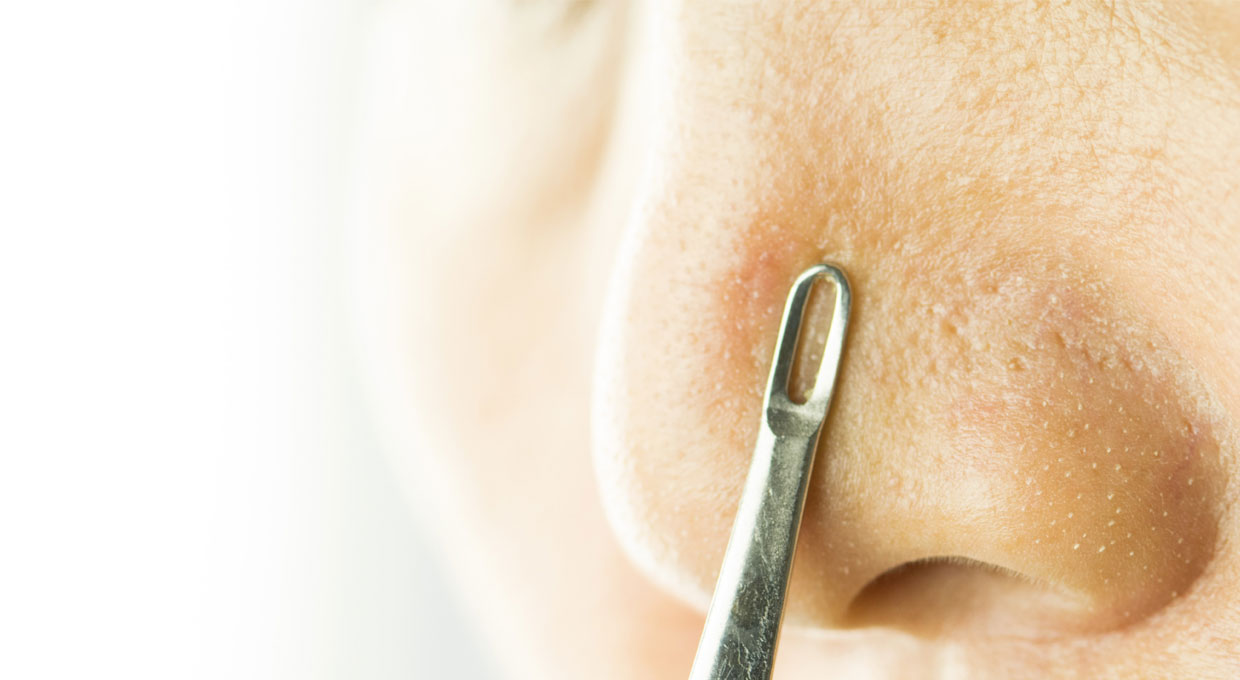
Sounds plausible enough.. Right?
But if this was the case, cutting out sebum production with an agent like isotretinoin (more commonly known as Roaccutane/Accutane) should lead to seborrheic dermatitis remission.
Unfortunately, its not this simple. In some cases, isotretinoin has actually been cited to lead to seborrheic dermatitis like skin eruptions [6]. To add to the confusion, going back as far as 1983, researchers have stated Seborrhoea (excessive sebum production) is not a feature of seborrhoeic dermatitis[7].
The consequences of oil elimination
Unfortunately, the above oil elimination theory/approach does not touch upon some very important factors, that greatly takeaway from its value.
First, consider the following:
- Certain areas of our skin utilize sebum for their protection
- Seborrheic dermatitis effects these sebum rich areas
- Roughly 58% percent of sebum is made up of triglycerides and fatty acids [8]
This means that as long as our skin functions normally, malassezias growth requirements are likely already met. So, right away, we know that completely starving malassezia of oils is not plausible considering normal skin function.
But what happens if we try to starve them?
Luckily, researchers from the University of Leeds have examined this line of reasoning and some interesting findings had emerged [9]:
- Malassezia yeasts utilize fatty acids in the production of a lipid outer layer
- Yeasts depleted of this layer cause a strong inflammatory response in skin cells
- An intact lipid layer inhibits this strong inflammatory response

To add to this, researchers from Korea investigated what influence detergents (shampoos, soaps, and cleansers all fall into this description) have on this lipid layer [10]. These researchers found that:
- Common detergents can effectively strip the lipid layer of the malassezia yeasts
- Lipid depleted yeasts showed an increased ability to induce inflation
- Overuse of skin detergents may aggravate malassezia related skin conditions
Taken together, it becomes plausible that focusing too much on reducing the amount of lipids can ultimately have unintended consequences. Instead of starving away the malassezia, we may be unwittingly increasing their potential to induce skin irritation.
More sensible strategies to consider
If we presume that depleting malassezia of lipids is a poor strategy, we still have some other potential options to influence its lifecycle.
Keeping the skin pH low
An important characteristic of healthy skin is a pH level of around 5. At levels above this, malassezia have been shown to release significantly more allergens [11, 12].
Unfortunately, many soaps and shampoos drastically raise skin pH well beyond this optimal level and into the pH range of 6 to 10 [13]. Combine this with the lipid stripping properties of soaps and shampoos, a compounding effect can be presumed.
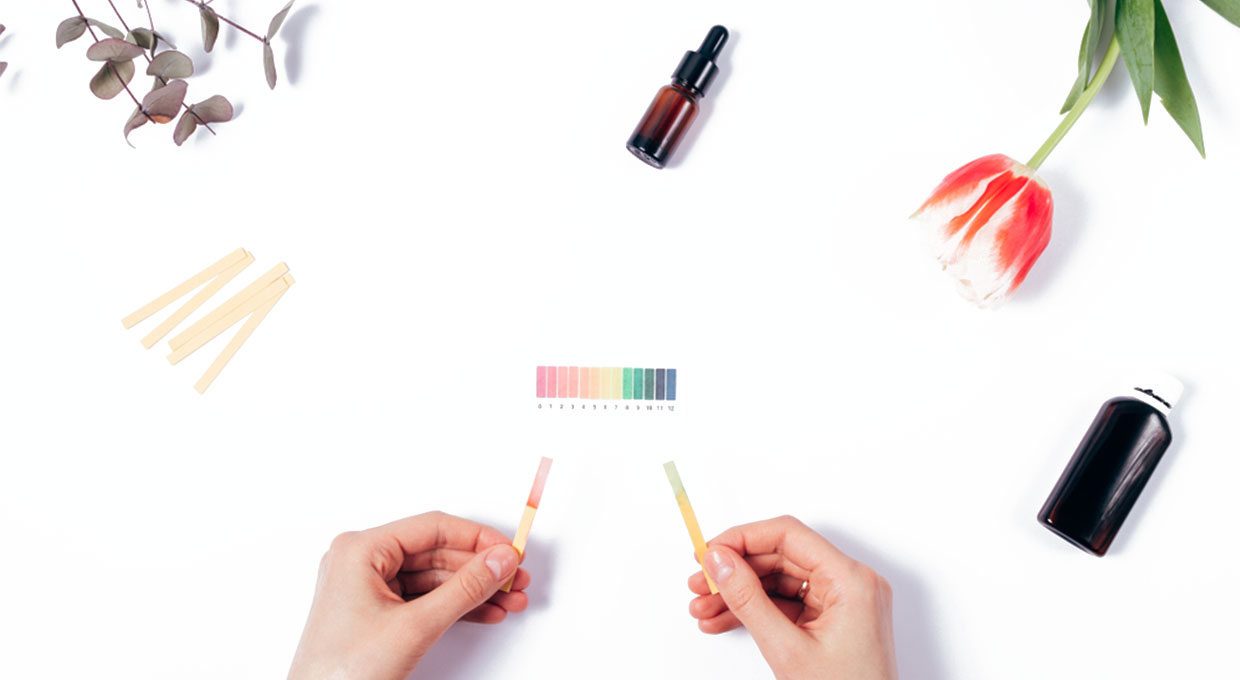
Sticking to pH balanced formulations, that arent overly aggressive, is likely to provide the most clear benefits on this front.
If your really keen on this, some dietary factors may also be worth considering as well (increasing Vitamin A and reducing monosaturated fats [14]).
Improving the lipid composition of our sebum
The sebum composition of seborrheic dermatitis affected skin shows significant differences in comparison to healthy skin. The biggest of these differences appears to be a reduced amount of unsaturated fatty acids [15, 16].
Inline with this data, aiming to improve the composition of lipids in our sebum could be the key to a more balanced co-existence with malassezia.
Though there arent any studies examining specific approaches, a combination of several adjustments:
- Dietary quality/quantity of fats we consume and antioxidant availability
- Lifestyle cardiovascular health
- Topical direct application of specific oils
Is likely to provide the best mix of quick changes and help sustain long term progress.
In relation to the third point (topical application of oils), there is little data available on which oils are going to be the most beneficial.
However, based on the potential connection between oleic acid and seborrheic dermatitis, you likely want to avoid oils with the highest concentrations of this fatty acid (such as peanut, olive, and almond oils).
For reference, here is a neat fatty acid breakdown for you:
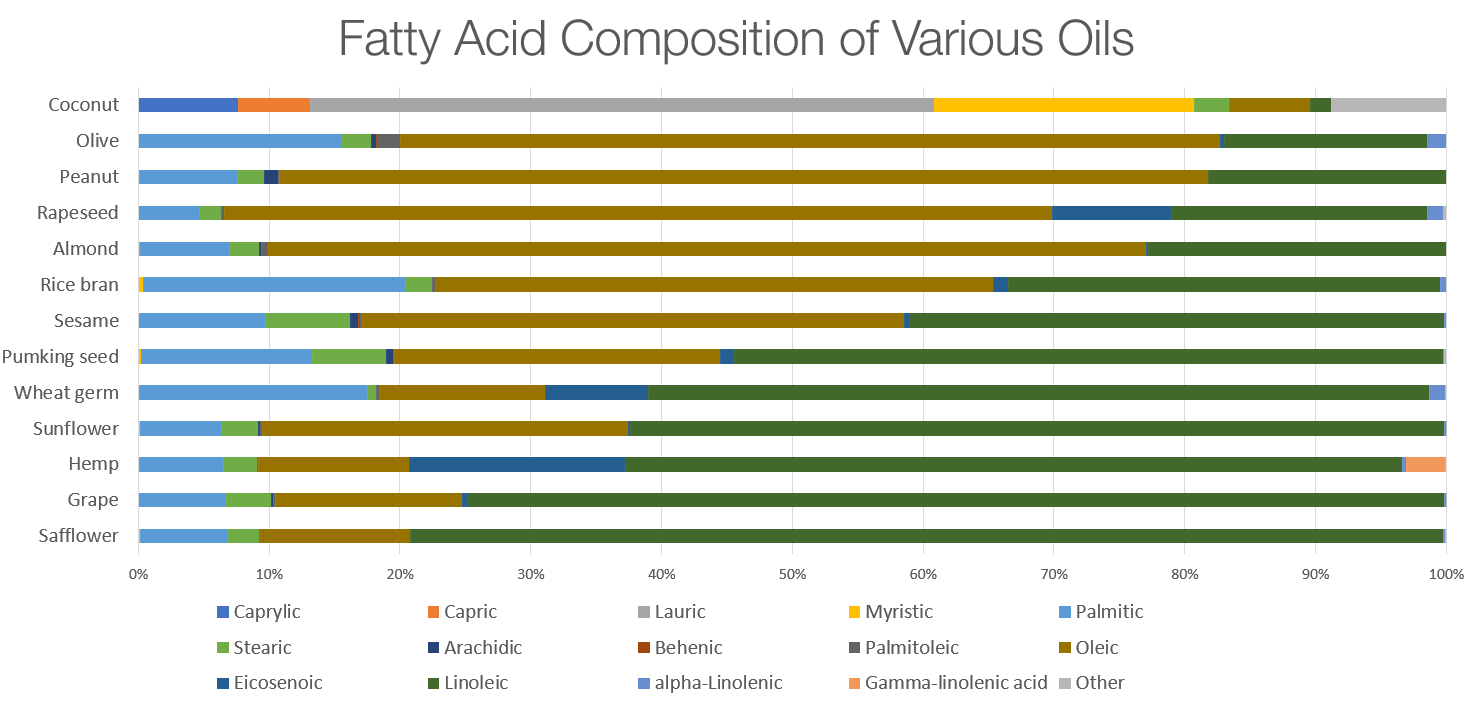
Avoiding abrupt changes
Another possibility is that abrupt changes in lipid availability could be integral to the flare/remission nature of seborrheic dermatitis symptoms.
While this is very much just a personal theory, please consider the following sequence of events:
- Lipids on the skin surface promote malassezia growth
- Soap usage abruptly strips the lipids away
- Lipid depleted malassezia are left on the skin surface and begin to trigger the immune response
- At the same time, the skin attempts to compensate for the depletion of lipids, by increasing sebum production [17]
- Your skin gets oily and you reach for the soap once more
This cycle then repeats and what were left with, is the ups and downs of seborrheic dermatitis symptoms.
Based on the above, its plausible that by having more regular sebum outflows and reducing the fluctuations, the cycle can be avoided altogether. So next time you reach you go to wash your face, take the time to evaluate your habit.
Summary
When it comes to seborrheic dermatitis, definite answers are hard to come by. This article was my attempt at piecing together the relevant research and figuring out weather we should really be afraid of oils when faced with seborrheic dermatitis.
Here are the key points for your review:
- A single source of almost any protein and lipid can sustain the growth of malassezia furfur
- As our sebum is made up of roughly 58% lipids, sebum rich areas of skin provide sufficient nutrients
- Malassezia use lipids to form an outer layer that helps them survive by down-regulating the inflammatory response of skin cells
- Stripping malassezia of this outer lipids layer (via solvents or detergents) increases their ability to trigger inflammation
- To prevent the inflammatory response and maintain the skins natural lipid rich environment, focusing on co-existence is likely to prove beneficial
- Maintaining a low skin pH, improving the quality of sebum produced, and restricting the use of strong detergents are all strategies worth considering
Hope youve found this article useful and the ideas introduced can help you achieve remission.
If you have any experience using specific oils for seborrheic dermatitis, please considering sharing your experience in the comments section below. Any questions, suggestions, and concerns as welcomed.
Thank you for reading.
Is castor oil good for seborrheic dermatitis?
Seborrheic dermatitis is a skin condition that is caused by an overproduction of skin oils and is usually characterized by redness, scaling, and itching. Castor oil is a natural lubricant and is used as a remedy for many ailments.
Castor oil is commonly found in many skin care products. In small quantities, blended with other soothing ingredients, you can use castor oil safely even if you have seborrheic dermatitis. However, dont ever use pure castor oil and definitely dont use it in large quantities when you have seborrheic dermatitis as it can increase oiliness, clog pores and aggravate your condition.
Use oils like MCT oil, squalane oil and jojoba oil instead.
Lets take a deep dive:
What is castor oil?
Castor oil is a plant oil that has been used for centuries to treat a variety of ailments. Its obtained by pressing the seeds of the castor oil plant, and the pale-pressed variant is known as virgin castor oil. Always look for that oil with the USDA Certified Organic label, which signifies it doesnt contain any synthetic ingredients.
Castor oil has many benefits, including aiding digestion, relieving constipation, and helping with arthritis issues. Combined with other ingredients, it can also be effective in treating seborrheic dermatitis of the scalp. Make sure you choose castor oil products that are free of harsh chemicals and irritants.
 Check it out on Amazon
Check it out on Amazon
What are the benefits of castor oil for seborrheic dermatitis?
Castor oil has been shown to have a number of benefits for the scalp and hair. It can increase blood flow to the scalp, which promotes healthy hair growth. Castor oil can also moisturize a dry, irritated scalp.
The oil has antibacterial and antifungal properties which reduces dandruff and cleanses the scalp of Malassezia that contribute to seborrheic dermatitis. Castor oil contains omega-6 fatty acids which is essential for hair growth and reduces inflammation in the hair follicle.
Even though it is commonly used, there is actually very little evidence to back up claims that castor oil by itself can improve seborrheic dermatitis. However, because of its anti-inflammatory properties, its possible that castor oil could help improve SD.
Having said that, never use castor oil by itself. Its way too heavy and it doesnt absorb well into the skin. The oil just sits on the surface, making your skin oily and itchy. In fact, due to its high content of ricinoleic acid, the pure oil can be very irritative on the skin.
Some people swear that Jamaican black castor oil helps their dandruff. I dont agree but take a deep dive into the evidence in this article.
There are only a few pure oils I would put on my face and one of them is MCT oil.
Why castor oil can aggravate seborrheic dermatitis
https://www.youtube.com/watch?v=t6t8N8YKMCo
Castor oil is a great natural remedy for seborrheic dermatitis, but its important to use it correctly. If you have oily hair, castor oil may make your dandruff worse. Malassezia is the fungus that causes dandruff, and an oily scalp provides an ideal environment for it to flourish.
If youre using castor oil to treat dandruff, be sure to apply it only to your scalp and not your hair. You should also avoid leaving it on for more than 20-30 minutes at a time. Only use certified organic and cold-pressed castor oil:
 Check it out on Amazon
Check it out on Amazon
If you are looking for hair oils to combat dandruff, read my review of the best ones.
For use on your face, I dont recommend castor oil at all. It can actually irritate your skin and increase inflammation. If you are suffering from seborrheic dermatitis, it is best to avoid using castor oil altogether or to use it sparingly.
I also dont recommend using other oils like olive oil and argan oil on your face. Consider jojoba oil or squalane oil instead.
Side effects of castor oil
Castor oil has been used for centuries as a natural remedy for various ailments. While it is generally safe to use, there are some potential side effects that you should be aware of.
Anecdotal evidence suggests that using products containing castor oil is generally safe for dandruff and SD. However, its important to note that everyone reacts differently, so you should always test the product out first before using it regularly. Castor oil should be mixed with other oils like jojoba or olive oil before applying it to your scalp to reduce your risk of adverse reactions.
There is no evidence that consuming castor oil can improve seborrheic dermatitis. If youre ingesting castor oil, remember that it can cause gastrointestinal problems like cramps, diarrhea, and vomiting. It can also have negative impacts on your liver and kidneys if consumed in high doses over a long period of time.
One rare but scary side effect of applying castor oil to the scalp is hair felting. This occurs when the oil causes long hair to suddenly become matted together. There is no cure for hair felting. The only solution is to cut off the affected hair.
To wrap up
Castor oil is a known aggravator of seborrheic dermatitis. While it may offer some benefits for other skin conditions, it is best to avoid using it if you have seborrheic dermatitis. If you are considering using castor oil and have seborrheic dermatitis, be sure to only use it in small amounts or blended with other soothing ingredients.

